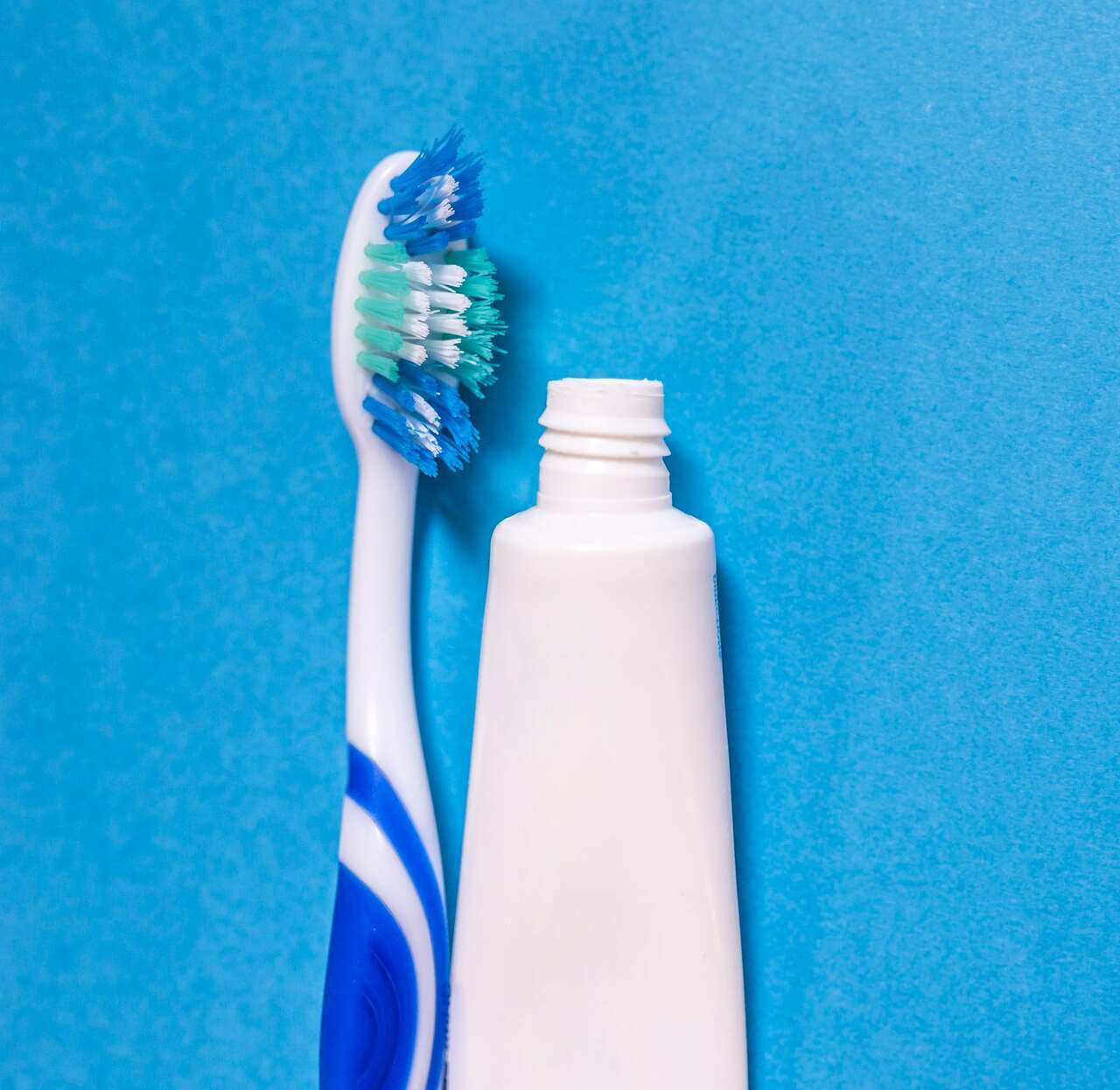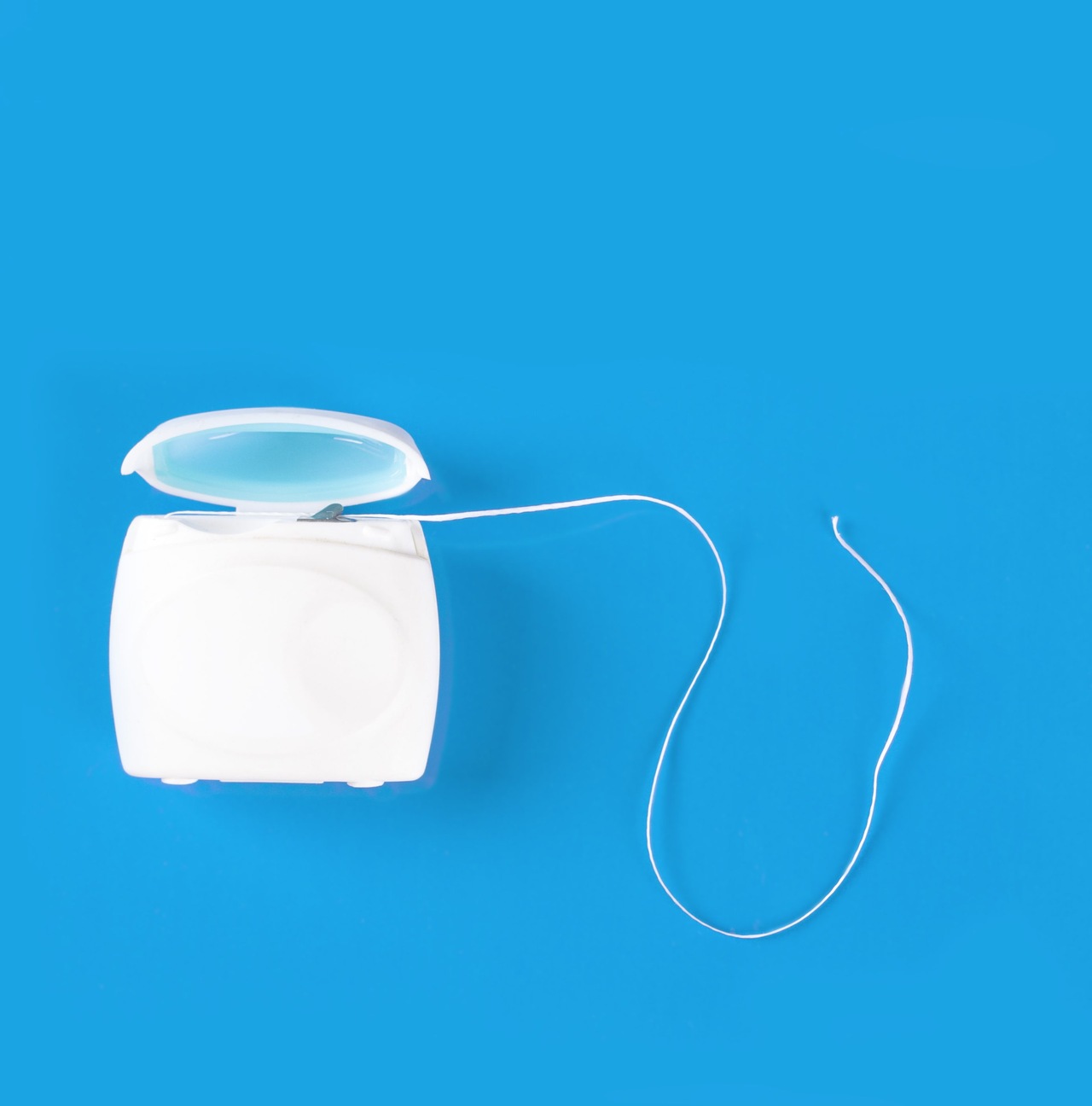Teeth Cleaning
Did you know that 3 out of 4 adults are affected by gum disease at some point in their lives? Gum disease is a bigger cause of tooth loss than cavities for people over the age of 35. But with proper daily brushing and flossing, cavities and gum disease can be prevented. Our teeth cleaning Los Angeles specialists discuss the topic below.
Did you know that bacterial plaque is actually the cause of both gum disease and tooth decay? Plaque is constantly forming on your teeth but by thoroughly brushing and flossing your teeth every day, you can remove the bacterial plaque and help prevent gum disease.
What is the Proper Way To Brush?
Your toothbrush should be at a 45-degree angle where your gums meet your teeth.
Move your toothbrush in a circular motion repeatedly with gentle strokes.
When brushing between your teeth, use more pressure, but not so much so that you feel discomfort.
This process should be repeated while cleaning the front and back of your teeth.
When cleaning the surface of your teeth, hold the brush vertically and make several strokes back and forth over your teeth.
If you are experiencing any pain while using these techniques, or want more information on properly brushing your teeth, please contact your teeth cleaning Los Angeles specialists immediately.
Although proper home maintenance of your teeth is essential for maintaining your oral health, it is still important to regularly visit your dentist. To learn more or to make an appointment, please contact your Los Angeles teeth cleaning specialists today.
What is the Proper Way To Floss?
Flossing is an important way to clean places where the toothbrush cannot reach. Flossing is very good for removing plaque and also pieces of food lodged between your teeth. However, similar to brushing, it is important to use proper flossing techniques.
You should use approximately 18 inches of floss. Gently insert floss between your teeth and move the floss up and down on the sides of your teeth. Try to avoid cutting the gum tissue between the teeth. Remember to clean both the top and bottom of your mouth. As the floss gets dirty, use a fresh section of the floss.
When finished, you should rinse vigorously to remove food particles and plaque that have been dislodged. It is normal in the first weeks of flossing to experience sore or bleeding gums, although if your gums hurt, you may be flossing a little too hard. As you gums become accustomed to flossing, the bleeding should stop.


